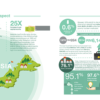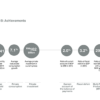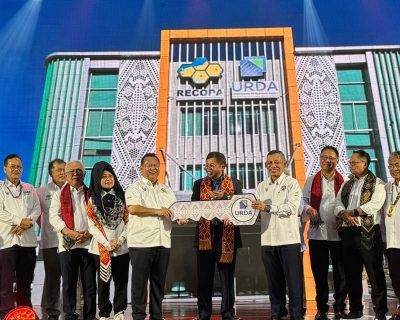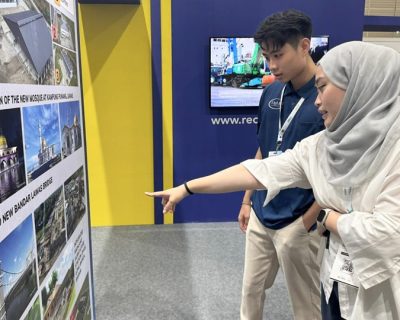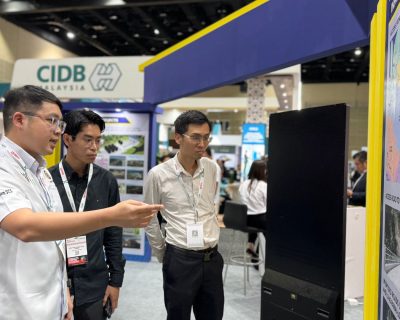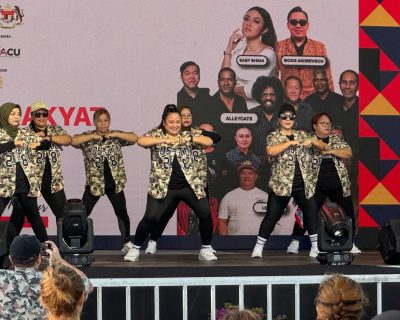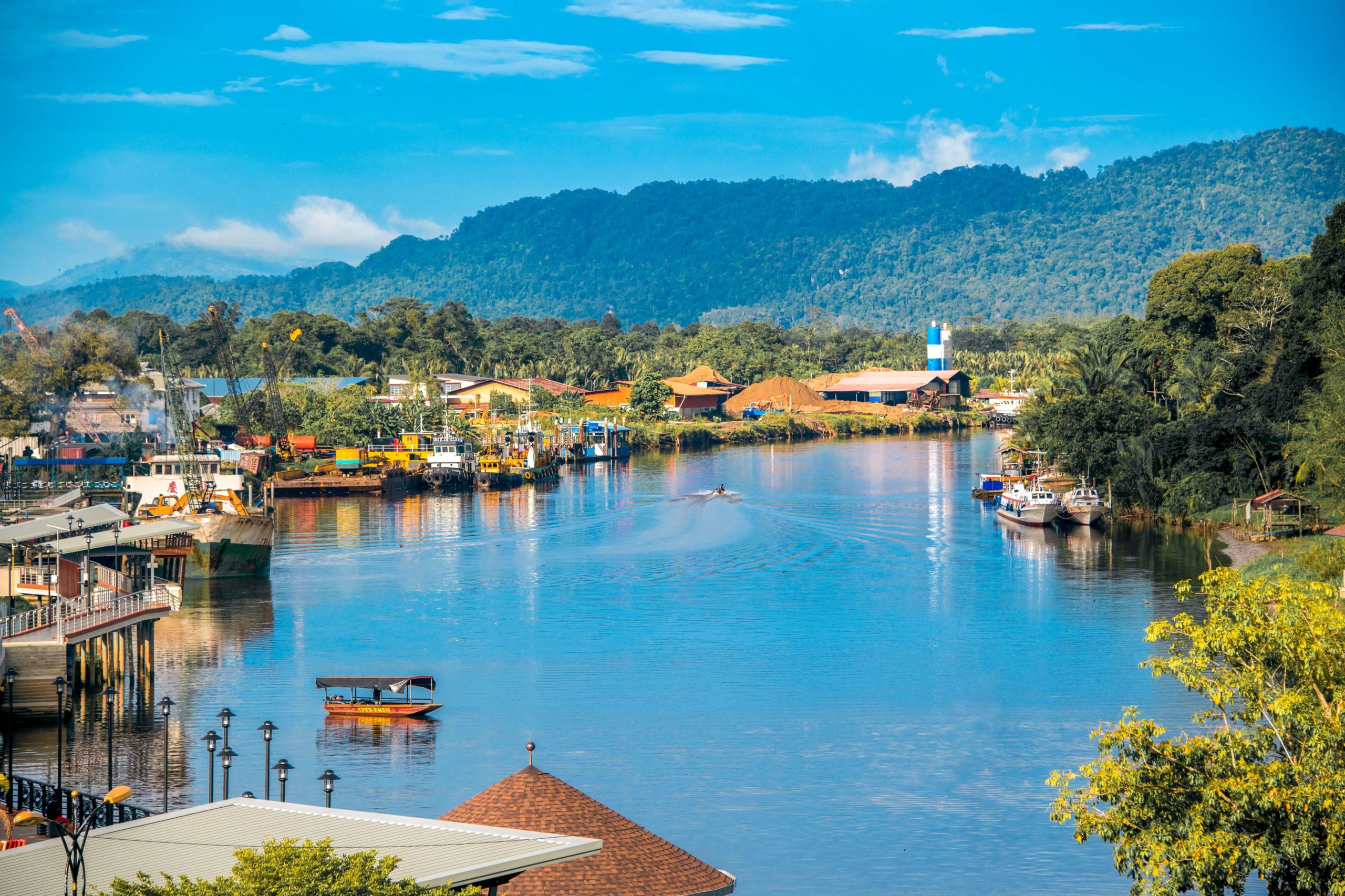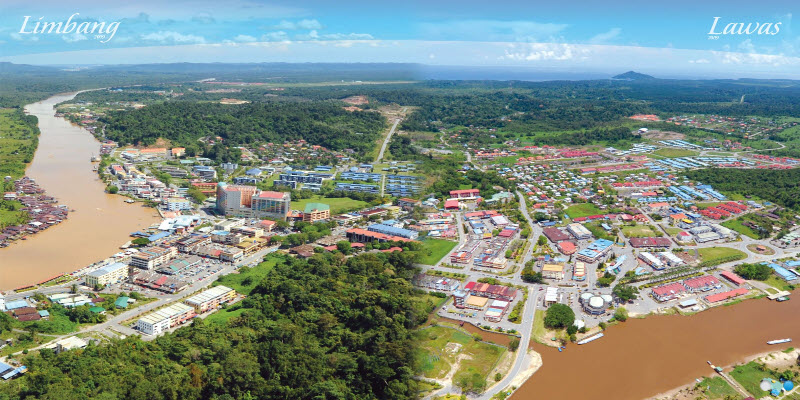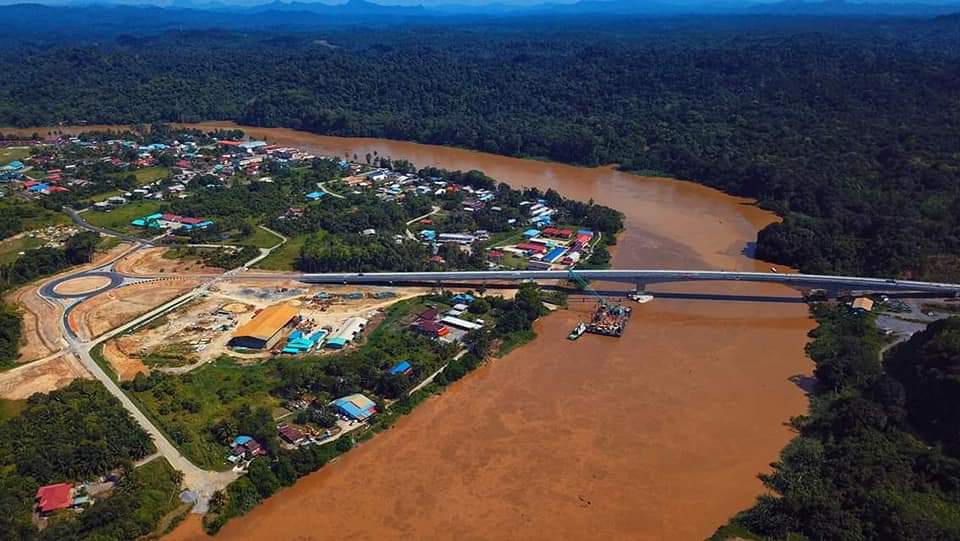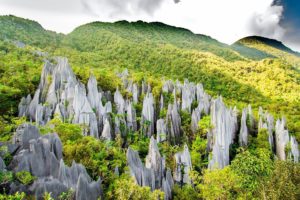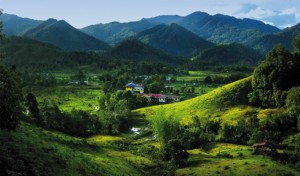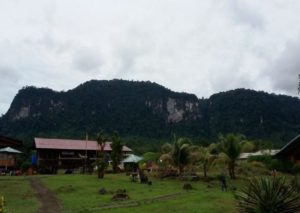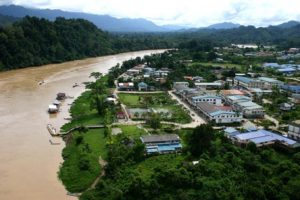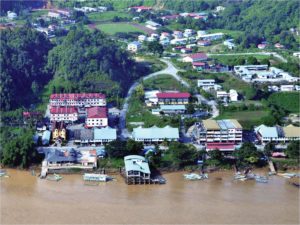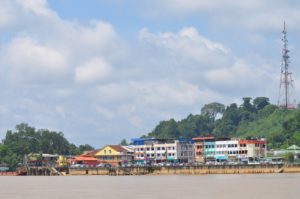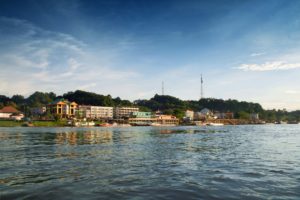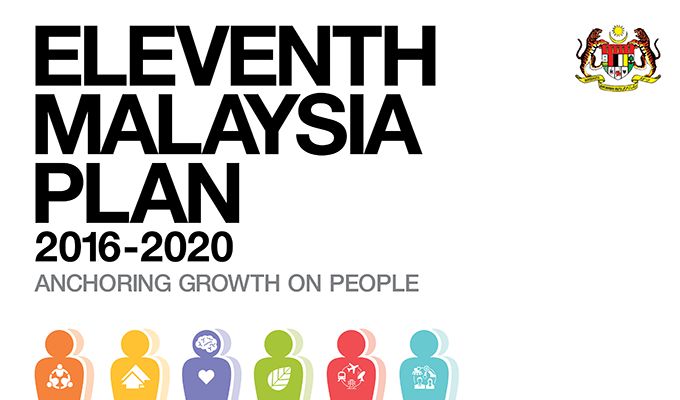
The 11th Malaysia Plan and its impact on SCORE
The 1st Malaysia Plan (1968 – 1970) was the first economic development plan for the whole of Malaysia. It maps out the strategic direction of the country. The 11th Malaysia Plan (11MP 2016 – 2020) is the final stage of the ambitious plan for Malaysia to become a developed nation by 2020. What is noticeable about the 11MP is the attention paid to creating opportunities for growth outside of the cities and across the country and the rural areas. This bodes well for the development of Sarawak and SCORE as the government aims to fast track development in areas of the state where progress has not kept pace with the rest of the country.
Stimulating the Sarawak economy has already started and the federal government’s Bumiputera empowerment agency Unit Peneraju Agenda Bumiputera (TERAJU) has allocated RM100 million for entrepreneur development. RM1.5 million has already been allocated for a fishmeal and surimi processing enterprise and a RM16.1 million Facilitation Fund allocated to four local companies in order for them to provide support services to Petroliam Nasional Berhad (PETRONAS) and Bintulu Port.
Improving the state’s essential facilities and infrastructure is key to the success of SCORE, so the 11MP focus on Sarawak is timely. Development of the rural areas will see a dramatic rise in the number of miles of paved roads, more hospitals, schools and better employment opportunities for young Sarawakians. Upgrades to existing airports to take larger aircraft will see the relocation of Lawas STOLport in Sarawak to a suitable site. MASwings, the designated community airline for Sabah and Sarawak, will utilise the new ATR 72 and Viking aircrafts to improve its efficiency.
“The government will build more than 3,000km of paved roads in rural areas between 2016 to 2020,” said Prime Minister Najib Razak in the 2015 budget. He added, “The 11MP, with a budget of RM260 billion (about US$96 billion), aims to increase investment and employment in the five economic corridors in the country, namely Iskandar Malaysia, Sabah Development Corridor, East Coast Economic Region, Northern Corridor and the Sarawak Corridor of Renewable Energy (SCORE).”
The rural electrification of Sarawak has been broached with the aim improve coverage to 99% by 2020. Electricity supply will be provided through off-grid generation for areas that are too far from the grid. The development of alternative systems such as solar hybrid, mini and pico hydro will be supported by these networks to ensure wider coverage, all of which have little negative impact on the environment. To reduce the cost of development and maintenance the participation of local communities will be sought in much the same way as the local community has made the Mulu caves such a successful destination. Discussions are also ongoing with NGOs to provide electricity supply for more rural communities using micro hybrid and reources.


